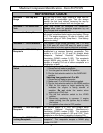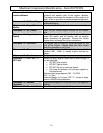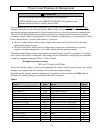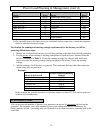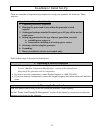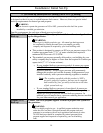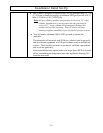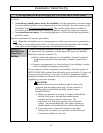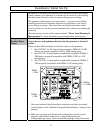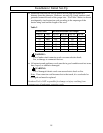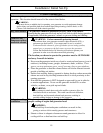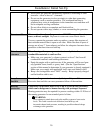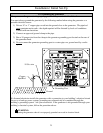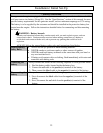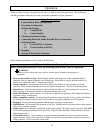
Installation / Initial Set-Up
17
In addition to isolating your generator from the utility system, the transfer
switch connects your generator to a limited set of circuits in your building
that have been chosen as critical to operate during a power outage.
The generator cannot power your entire home -- you must work with the
installing electrician to determine which devices/appliances you wish to
power during an outage. The electrician can help you determine which
circuits and devices can be powered simultaneously without overloading the
generator.
(See the previous section of this manual entitled “Power Load Planning &
Management” for more information on load application and selection.)
Using as a
Portable Power
Source
When using the generator as a portable power source, you can plug
electric devices and appliances directly into the generator’s electrical
outlets.
There are three different kinds of electrical outlets on the generator:
1. One 120/240 Volt, 30 Amp locking receptacle (NEMA L14-30R
locking receptacle compatible with L14-30P mating plug).
2. One 120 Volt, 20 Amp duplex straight-blade receptacle (NEMA 5-
20R duplex receptacle compatible with NEMA 5-20P or 5-15P
mating plugs).
3. One 120 Volt, 15 Amp duplex straight-blade receptacle (NEMA 5-
15R receptacle compatible with NEMA 5-15P mating plug)/
(See more technical detail about these receptacles and their associated
circuit breakers in the “Machine Component Identification” section of this
manual.)
♦ Make sure you plug each electrical device/appliance into the correct
generator outlet based on the device’s plug configuration and
voltage/amperage rating. Never exceed the amperage rating of an outlet.
N
EMA
L14-30R
NEMA
5-20
R
NEMA
5-15
R
FIG02683



